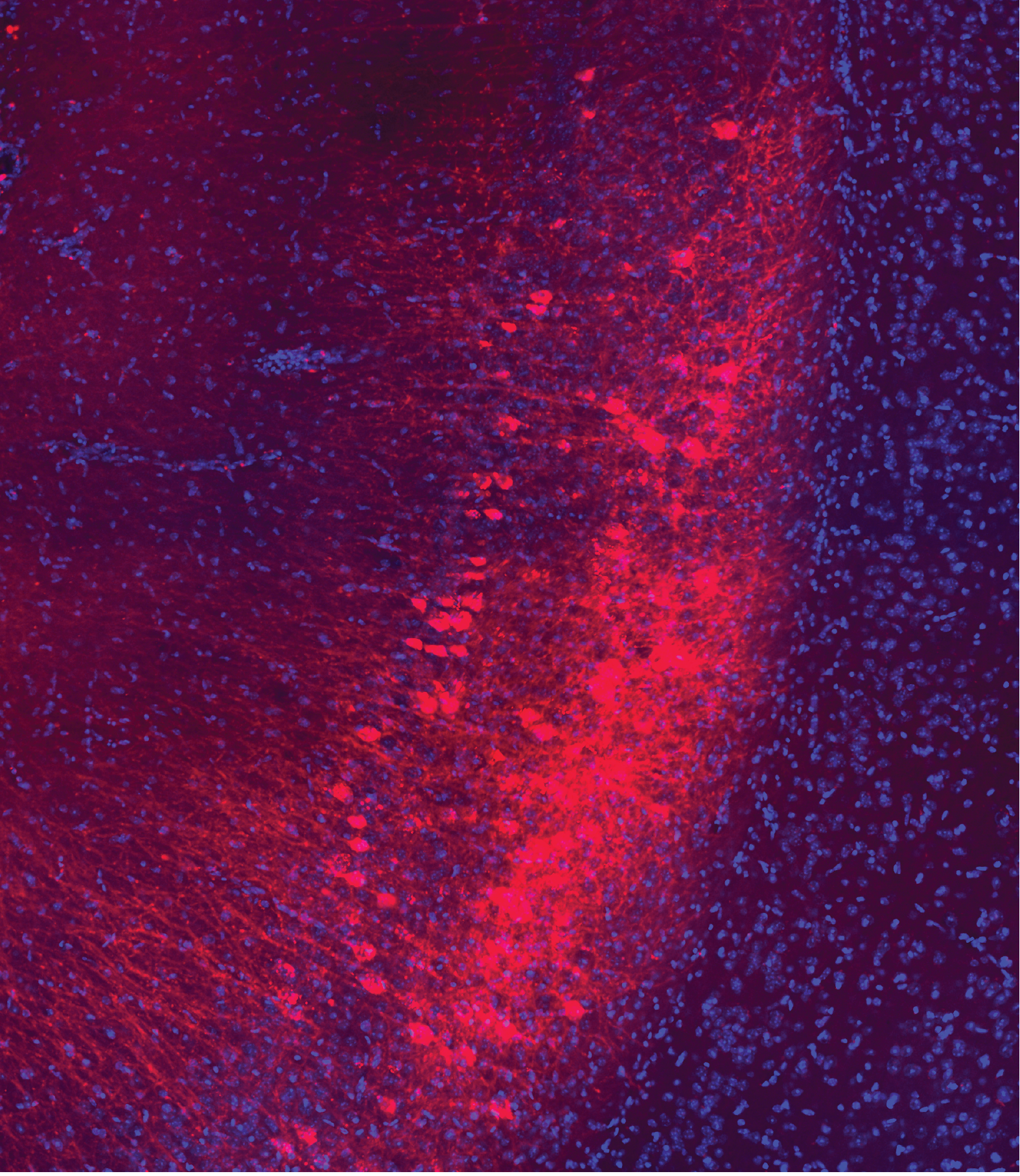Anhedonia — the reduced capacity to experience pleasure — is one of the most debilitating features of major depressive disorder. Despite its centrality, it is still unclear how stress changes neural activity in the brain to cause this loss of reward responsiveness. In the study published in Nature, researchers sought to uncover the neural signatures that distinguish those mice who, after traumatic stress, become susceptible (displaying anhedonia and social withdrawal) from those who remain resilient.
Using high-density recordings (Neuropixels probes) in two brain regions strongly implicated in emotion and reward‐learning — the basolateral amygdala (BLA) and the ventral CA1 of the hippocampus (vCA1) — HFSP researchers found that resilient mice show strong, distinct neural representations of reward choice: the BLA activity in such mice clearly discriminates (both before and during rewards) between high- and low-value options. In contrast, susceptible mice lose that discrimination. Instead, their BLA shows a "rumination‐like" signature: neural activity that reflects an over-emphasis on the decision to stay with or switch from a previously chosen (and possibly less rewarding) option, even when that may not maximize reward.

Crucially, this work goes beyond observation to intervention. By selectively activating vCA1 inputs to the BLA in susceptible mice, the team could restore neural dynamics seen in resilient individuals — improve reward choice encoding, reduce the over-representation of intention/switch-vs-stay states in the amygdala — and in so doing rescue the behavioral hallmarks of anhedonia. This circuit manipulation reversed both the neural and behavioral signatures of stress-induced susceptibility.
Even in the absence of task demands (i.e., stimulus-free rest), the study found that spontaneous activity in the BLA of susceptible mice was more variable: these mice explored a larger number of distinct population states, and classifiers built on these spontaneous activity features could distinguish susceptible mice from both resilient and control animals better than behavioral measures alone. This suggests that resting-state neural dynamics might be a powerful biomarker of stress history, possibly preceding or predicting overt behavior.
Taken together, the findings from the HFSP Research Grant Awardees provide an integrative picture of how chronic stress remodels both the processing of rewards and internal decision‐like signals in key limbic circuits, how some individuals avert these changes, and how specifically targeting the communication from hippocampus to amygdala may offer a route to reverse anhedonia. "We believe this not only advances fundamental understanding of depression‐related pathology, but points toward potential therapeutic targets for alleviating suffering in disorders marked by impaired reward processing", said Mazen Kheirbek, University of California San Francisco, USA, one of the publication authors.


































